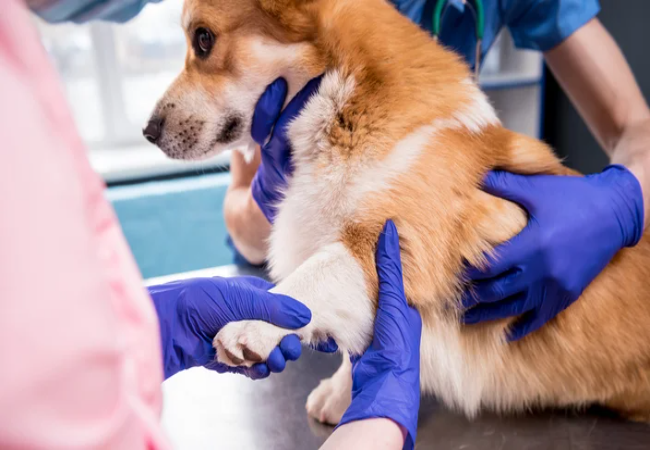Actinomycosis in Dogs: Vet-Approved Causes, Symptoms & Treatments (2025 Guide) 🐶💊

In this article
Actinomycosis in Dogs: Vet-Approved Causes, Symptoms & Treatments (2025 Guide) 🐶💊
By Dr. Duncan Houston BVSc
As a veterinarian, I occasionally encounter dogs afflicted with actinomycosis, a rare but serious bacterial infection. Understanding this condition is crucial for early detection and effective treatment. This comprehensive guide aims to educate pet owners on the causes, symptoms, and treatment options for actinomycosis in dogs.
🧬 What Is Actinomycosis?
Actinomycosis is an infectious disease caused by gram-positive, branching, rod-shaped bacteria of the genus Actinomyces, most commonly A. viscosus. These bacteria are part of the normal flora in a dog's mouth but can cause disease when they invade deeper tissues through wounds or other breaches in the mucosal barrier.
🐞 Causes of Actinomycosis
Actinomycosis typically occurs as an opportunistic infection. Factors contributing to its development include:
- 🦷 Oral injuries: Cuts, scrapes, or bite wounds in the mouth or skin can allow bacteria to penetrate deeper tissues.
- 🦠 Periodontal disease: Existing dental issues can predispose dogs to infection.
- 🛡️ Immunosuppression: Dogs with weakened immune systems are more susceptible.
Environmental factors, such as exposure to foreign bodies like grass awns, can also introduce bacteria into the body.
⚠️ Symptoms of Actinomycosis
Symptoms vary depending on the infection site but may include:
- 🔥 Pain and fever
- 🐶 Swellings or abscesses, especially on the face or neck
- 💧 Draining tracts with possible yellow granules
- 🦴 Inflammation of bones (osteomyelitis), particularly long bones
- 🧠 Neurological deficits if the spinal cord is affected
- 😴 Lethargy and loss of appetite
In severe cases, internal organs may be involved, leading to more systemic signs.
🩺 Diagnosing Actinomycosis
Diagnosis involves a combination of clinical evaluation and diagnostic tests:
- 🔬 Physical examination: Assessing visible lesions and overall health.
- 🧪 Laboratory tests: Blood work to evaluate organ function and detect infection.
- 🖼️ Imaging: X-rays to identify bone involvement or internal abscesses.
- 🧫 Microbiological culture: Samples from lesions to identify the causative organism.
Accurate diagnosis is essential for effective treatment planning.
💊 Treatment Options
Treatment strategies depend on the severity and location of the infection:
- 💉 Antibiotics: Long-term antibiotic therapy, often with penicillin, is the mainstay of treatment.
- 🔪 Surgical intervention: In cases with abscesses or necrotic tissue, surgical drainage or debridement may be necessary.
- 🛌 Supportive care: Pain management and nutritional support to aid recovery.
Early and aggressive treatment improves the prognosis significantly.
🛡️ Preventing Actinomycosis
Preventive measures include:
- 🪥 Oral hygiene: Regular dental care to prevent periodontal disease.
- 🧼 Wound care: Prompt cleaning and treatment of any injuries.
- 🧴 Environmental management: Avoiding exposure to areas with sharp plant materials like foxtails.
Maintaining overall health and regular veterinary check-ups can also help in early detection and prevention.
📱 Support and Resources
If you suspect your dog has actinomycosis, consult your veterinarian promptly. For additional support:
- Ask A Vet: Access professional veterinary advice through the Ask A Vet platform.
- Download the Ask A Vet App: For quick access to veterinary support, download the Ask A Vet app.
Early diagnosis and appropriate treatment can significantly improve your dog's quality of life.
🐾 For more expert advice and pet care tips, visit AskAVet.com.






